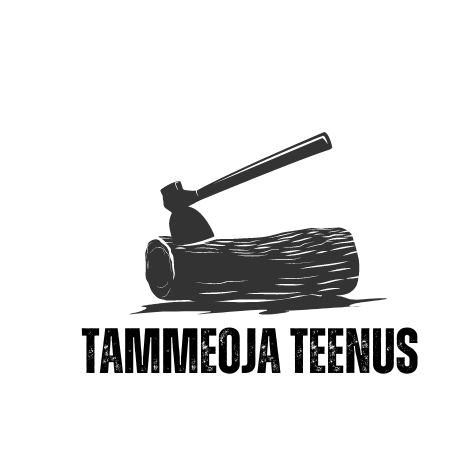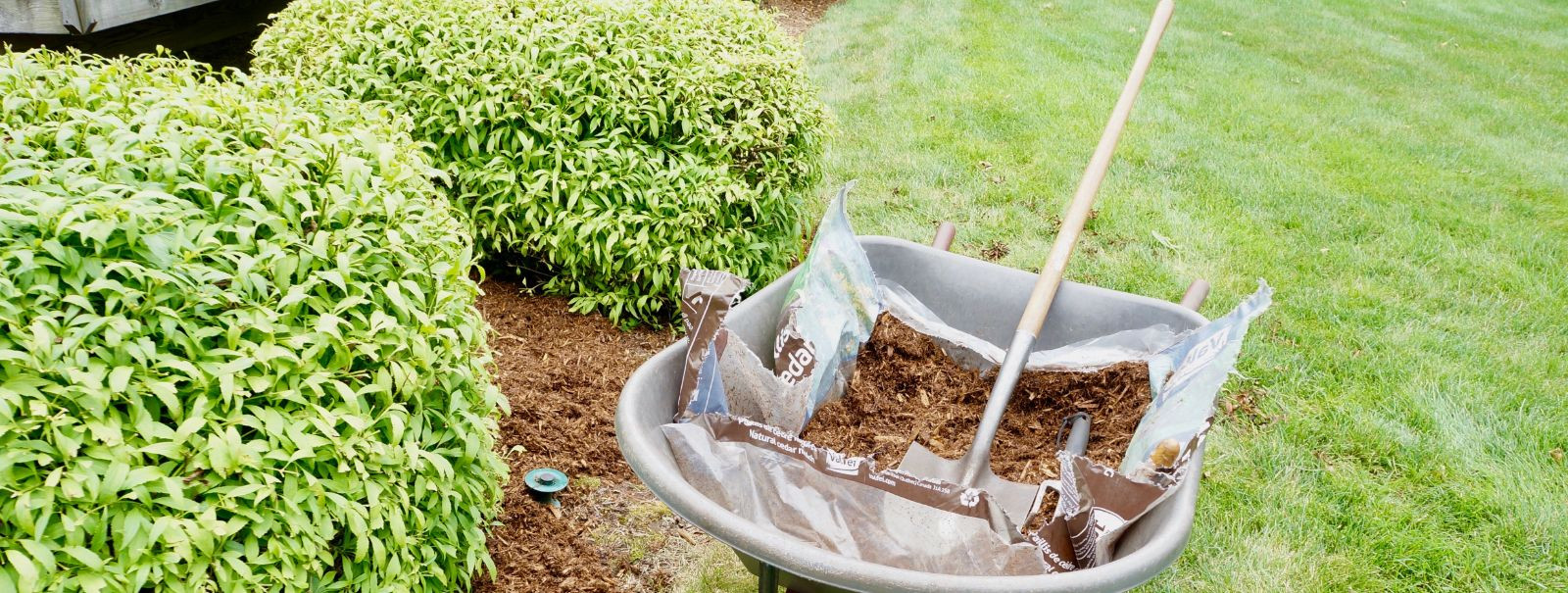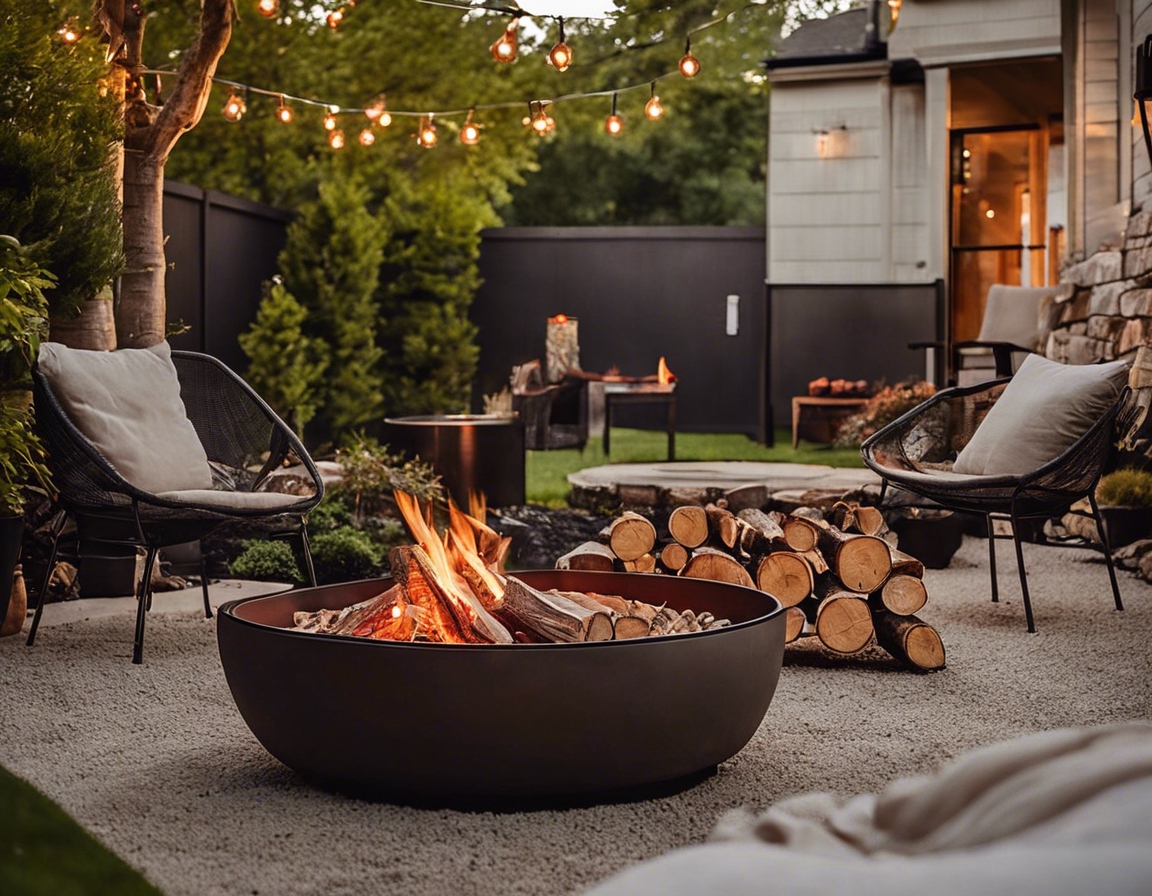Maximizing your outdoor space: landscaping do's and don'ts
Landscaping in regions with cold climates presents a unique set of challenges. The shorter growing seasons, potential for frost damage, and the need for plants to withstand harsh winter conditions are all factors that must be considered when planning your outdoor space. It's crucial to select hardy plants and design elements that can endure the cold while still providing aesthetic value and environmental benefits.
Thoughtful landscaping can transform your outdoor space into a year-round haven. Not only does it enhance the curb appeal and potentially increase property value, but it also contributes to sustainability and energy efficiency. Strategic placement of trees and shrubs can provide windbreaks and insulation, reducing heating costs in the winter months.
Landscaping Do's
When maximizing your outdoor space, it's important to plan for all seasons. This means selecting a variety of plants that offer visual interest throughout the year, from spring blossoms to autumn foliage and winter textures. Additionally, consider the functionality of your space in different weather conditions, such as creating walkways that can be easily cleared of snow.
Opting for native plants is a wise choice for cold climate landscaping. These species are adapted to the local environment, requiring less maintenance and water. They also provide essential habitats for local wildlife and contribute to biodiversity.
Sustainable landscaping practices are not only good for the environment but also for your wallet. Utilizing techniques such as rainwater harvesting, composting, and choosing eco-friendly materials can reduce your environmental footprint while saving on utility costs.
Outdoor structures like pergolas, decks, and greenhouses can extend the usability of your space into the colder months. These features can provide shelter, warmth, and a place to enjoy the outdoors even when the weather is less than ideal.
Designing your landscape with wildlife in mind can create a thriving ecosystem right in your backyard. Bird feeders, native flowering plants, and water features can attract a variety of species, adding life and movement to your outdoor space.
Landscaping Don'ts
Soil health is the foundation of any successful garden or landscape. Avoid compacting the soil, which can prevent proper water absorption and root growth. Regularly test and amend your soil to ensure it has the right balance of nutrients and pH levels for your chosen plants.
Mulch is not just an aesthetic touch; it's a vital component of garden health. It helps retain moisture, suppress weeds, and protect roots from temperature extremes. However, it's important to apply the correct type and amount of mulch to avoid issues like rot and pest infestations.
Proper water management is essential, especially in cold climates where water can freeze and cause damage to plants and hardscape features. Ensure your landscaping design includes adequate drainage and consider using drought-resistant plants to minimize water use.
While it's easy to focus on the blooming months, don't forget to include elements that will keep your garden interesting in the off-season. Evergreens, ornamental grasses, and structures like trellises can provide visual appeal even when the rest of the garden is dormant.
Finally, a beautiful landscape requires ongoing maintenance. Develop a seasonal maintenance plan that includes pruning, mulching, and plant care to ensure your outdoor space remains healthy and attractive year-round.






Comments (0)